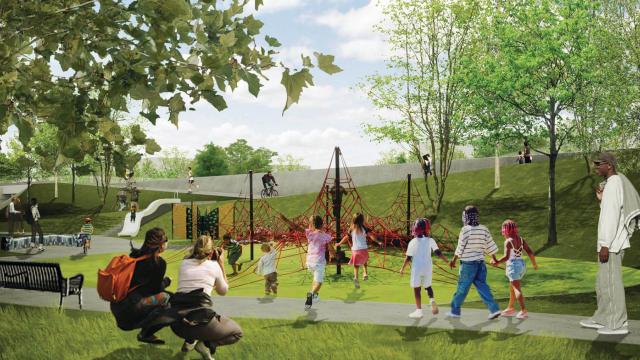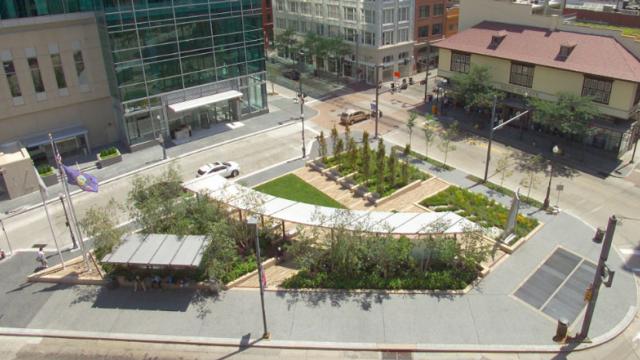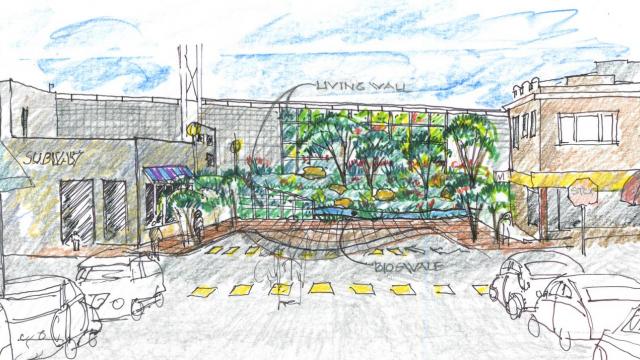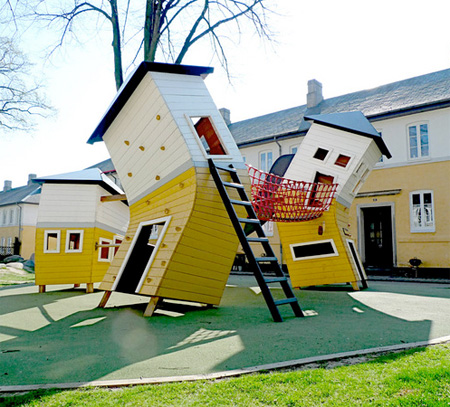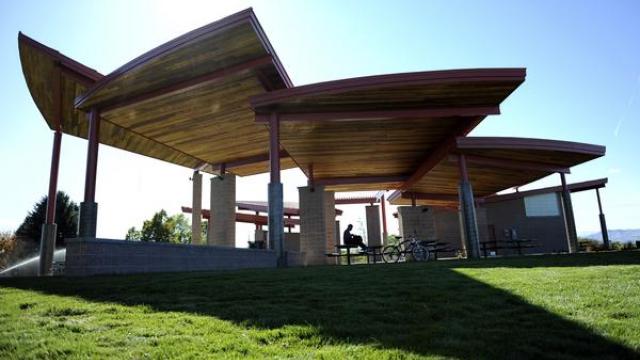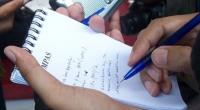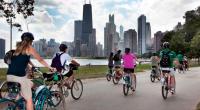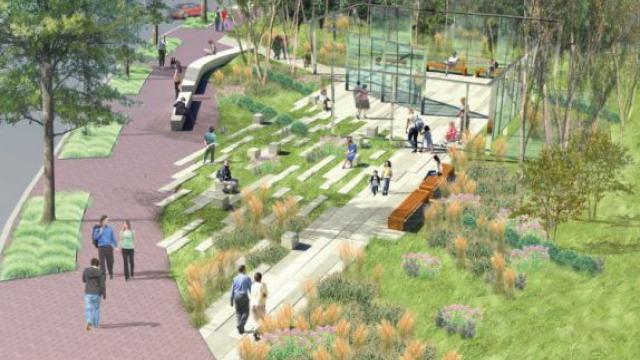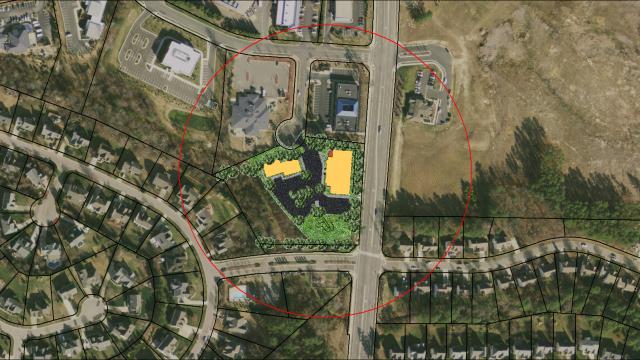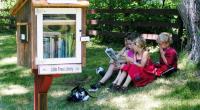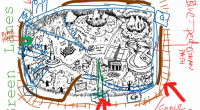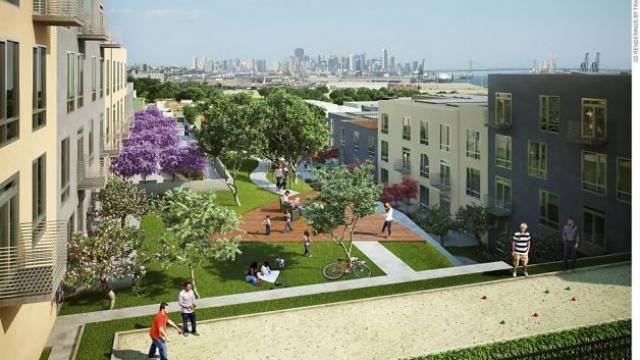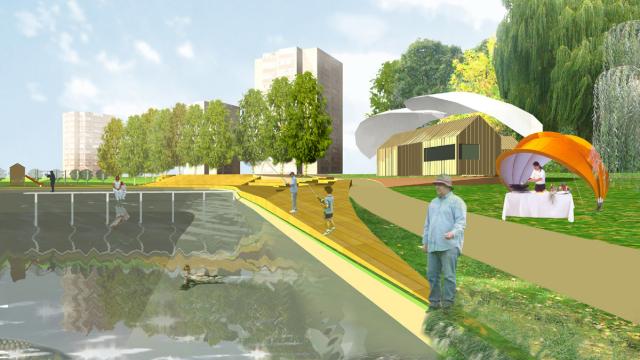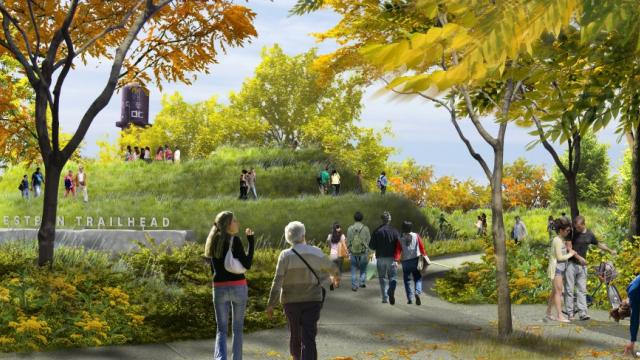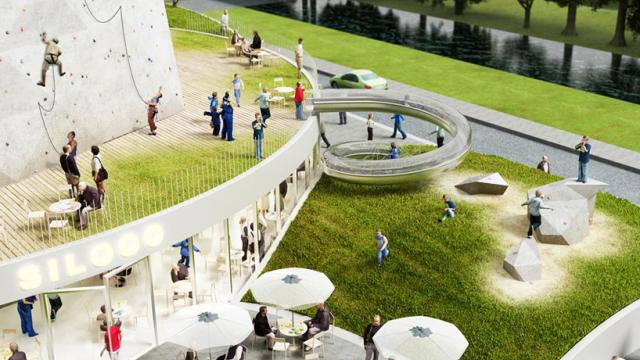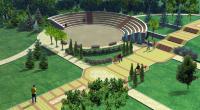
Ay;en's Pocket Park
Someone living outside of the city may think of Chicago as the downtown area where everything is always busy but most of the people that live here know that there is much more to Chicago than just downtown. It is made up of 77 neighborhoods and downtown is only a tiny section of the city. And although downtown is definitely the pride and joy of this city, the vast majority of us live in the neighborhoods that make up Chicago. Chicago has a count of 12986 vacant lots. This is an extremely high number even for a city this large. The city tries to work with this problem by offering solutions to community members. For example, if you are a home owner and you live next to a vacant lot, you are able to buy that lot for $1. Also if you have a community organization that wishes to use that vacant lot for recreational purposes, like an urban garden, you can talk to the city and propose your use for the space. If they like your idea, then you are able to rent that space out at a low price. Basically there are a lot of solutions that the city has tied to implement. Awareness is a possible problem that keeps people ignorant but even with many different uses for vacant lots, a park is probably one of the better solutions.
Like anyone, community members are concerned with the feel of the neighborhood. Anyone that lives next to a vacant lot can say that they generally don’t feel very safe. According to studies, vacant lots also tend to attract rodents, violence and cause unsanitary conditions. By putting several pocket parks around the city it can potentially help the community. Parks create safe recreational open spaces that bring the community closer. Personally I can’t name any of my neighbors, I never spend time with them and I don’t really have an opportunity to get to meet them. There’s variables that go into a community that can add to the unfamiliarity between neighbors like violence but parks have the potential to bring the community together.
In any community that you go to, there is bound to be at least one vacant lot that all the neighbors are complaining about. Regardless of where it’s located, we can agree that it looks ugly. By adding parks around the city it can beautify the neighborhood. The appearance of a neighborhood definitely says something about it. If a neighborhood looks underdeveloped then it is more likely to drive people away rather than bring people in. A community should always look forward to change and bringing out its potentials and I think that pocket parks have a great opportunity to help the communities in Chicago.
